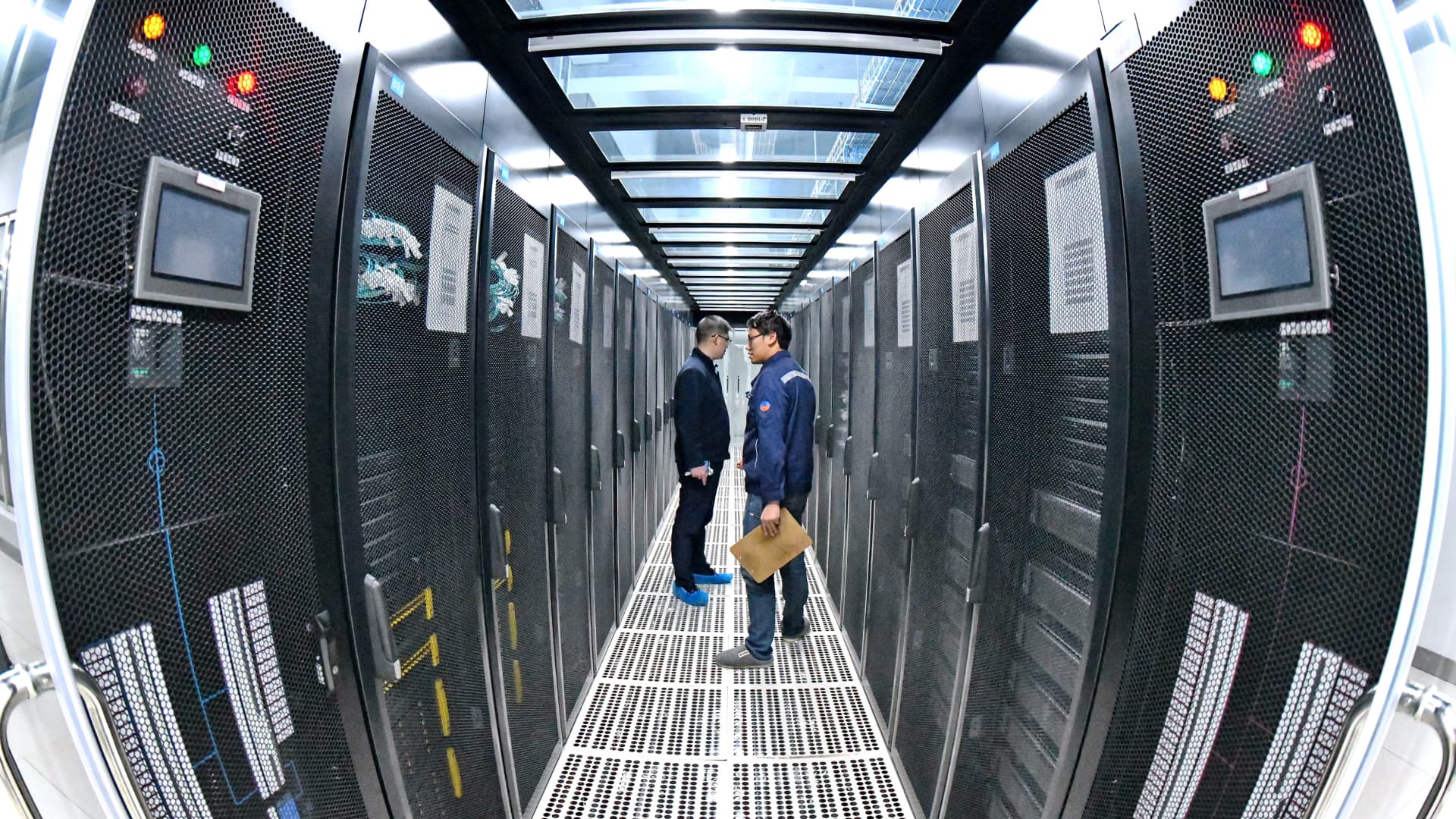Many tech companies are rapidly developing infrastructure for artificial intelligence as they compete for dominance in this red-hot market. AI is very power-intensive — and its power needs are only set to rise in the coming years. But that also means there’s an investment opportunity in the utility sector. Morgan Stanley Investment Management’s Aaron Dunn says the “next big bottleneck” for the hyperscalers — which are doing a lot of the cloud computing for AI applications — is either power or fiber. That’s because large language models need a lot of data center capacity, he noted. “In my view the power piece could be the next bottleneck [to] the growth of AI and the growth of sort of the data center and cloud compute environment,” the portfolio manager told CNBC’s ” Street Signs Asia. ” Dunn manages the Morgan Stanley U.S. Value Fund. And that’s why Dunn is “pretty bullish” on utilities, naming one stock to play it: CMS Energy . “I think once the data centers begin to really try and pull power off the grid, you’re going to have a lot of utilities, whether it be municipal utilities, public utilities, that are both going to have to service retail customers, [and now] a big industrial power load, it’s going to need to be serviced,” he said. “So in my view, you’re a couple years from probably being very tight on power supply,” added Dunn, who is also the co-head of value equity at the firm. CMS is a company that “really drives renewables” — a play that’s in line with many hyperscalers that are “very focused” on green energy, Dunn said. They want to reduce their carbon footprint and to do that they need renewable energy, and so this sector is set to grow “dramatically” in terms of capacity in the United States, he added. “And so these utilities … have a very favorable opportunity to draw solid earnings growth and good returns for them,” Dunn concluded. In notes sent to CNBC, Dunn also named one other stock: Emerson Electric . Dunn is also a portfolio manager of the Eaton Vance Focused Value Opportunities Fund. Since 2014, the fund has outperformed its benchmark in five of the past nine years. According to BofA’s estimates, the AI servers shipped by Nvidia alone have consumed about the same amount of electricity as 20 million homes in the United States. Data centers, which house vast amounts of computing power needed for AI workloads, use between 1% and 2% of global electricity, according to BofA. Their power consumption is set to grow at a compound annual growth rate of 11% through 2030, the bank said. — CNBC’s Pia Singh contributed to this report.
This website uses cookies so that we can provide you with the best user experience possible. Cookie information is stored in your browser and performs functions such as recognising you when you return to our website and helping our team to understand which sections of the website you find most interesting and useful.





















Discussion about this post